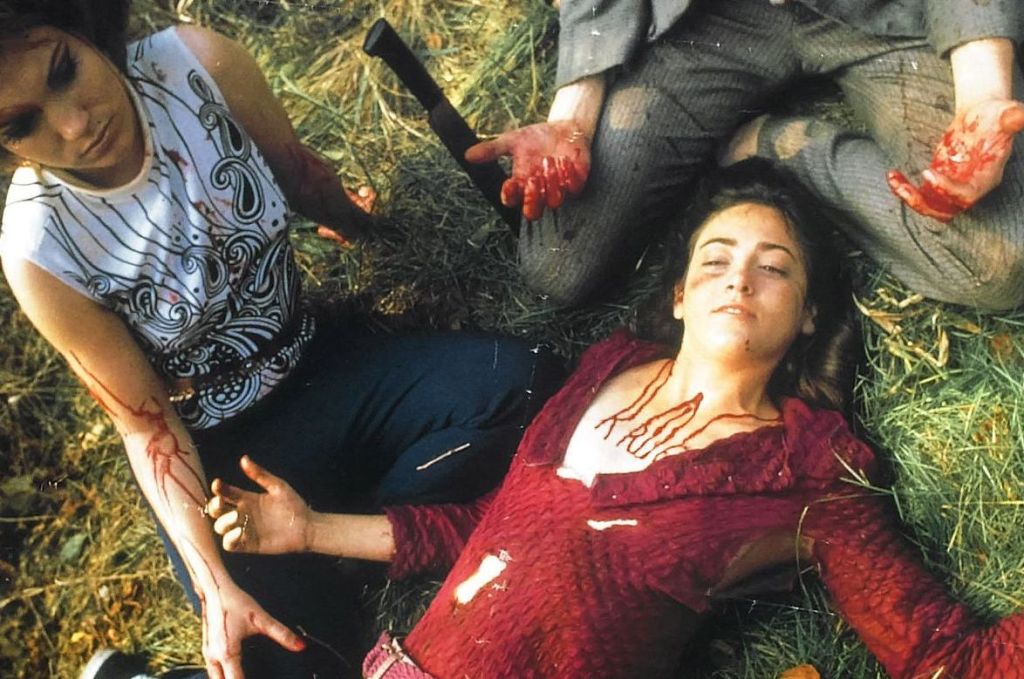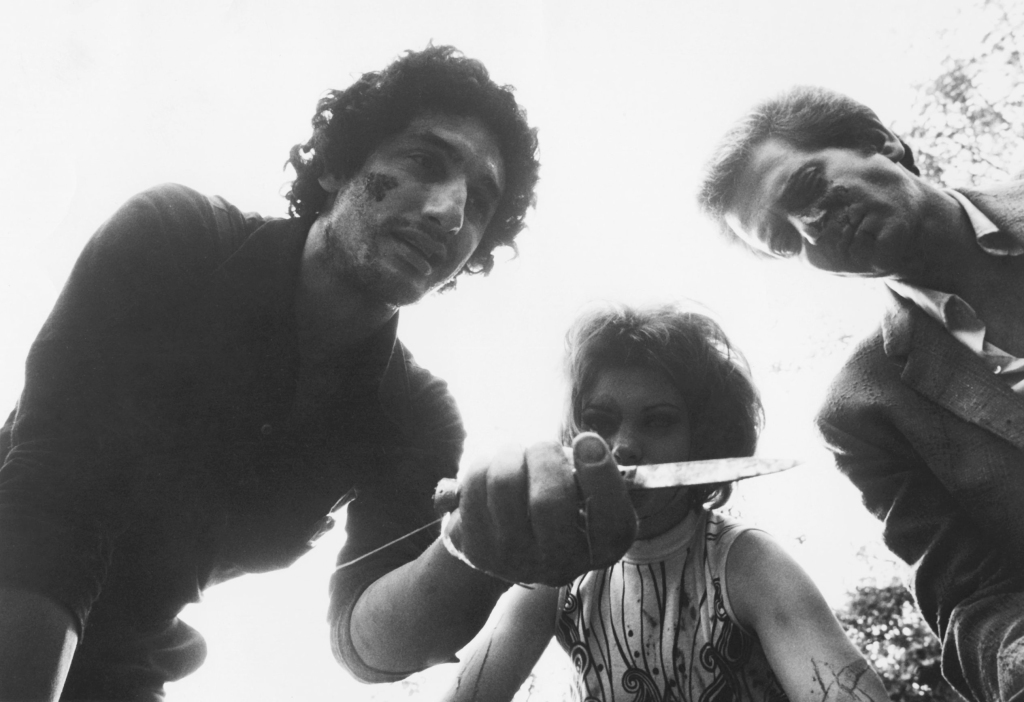Synopsis- Two teenage girls heading to a rock concert for one birthday try to score marijuana in the city, where they are kidnapped and brutalized by a gang of psychopathic convicts.
Director- Wes Craven
Starring- Sandra Peabody, David Hess, Lucy Grantham
Released- 1972
Wes Craven’s “The Last House on the Left” (1972) is a groundbreaking film that laid the foundation for the horror genre. While it may not be without its flaws, its raw and unapologetic approach to storytelling makes it a significant piece of cinematic history.

The film’s narrative follows two teenage girls, Mari Collingwood and Phyllis Stone, who find themselves in the clutches of a sadistic gang led by the menacing Krug Stillo. What follows is a harrowing tale of violence, revenge, and the thin line between humanity and brutality.
One of the film’s strengths lies in its ability to create an unnerving atmosphere. The low-budget production contributes to the documentary-style camerawork, adding a sense of realism that intensifies the viewer’s discomfort. The use of handheld cameras and grainy visuals might not appeal to everyone, but it undoubtedly adds to the film’s gritty and authentic feel.
Though uneven, the performances effectively convey the sheer terror experienced by the characters. David Hess, who plays Krug, delivers a chilling portrayal of a remorseless criminal, while Sandra Peabody as Mari gives a convincing performance that captures the vulnerability of her character. However, some supporting performances fall flat, lacking the depth needed to elevate the overall acting quality.

The film’s soundtrack is a standout element, with its eerie and haunting melodies amplifying the tension throughout. Craven masterfully employs sound to create a disconcerting ambience that lingers long after the credits roll.
“The Last House on the Left” is not without its criticisms. The film’s graphic violence and disturbing scenes have been a point of contention since its release, and it may be too intense for some viewers. The pacing also falters at times, with certain scenes feeling disjointed and abrupt, hindering the overall flow of the narrative.

Despite its imperfections, the film’s impact on the horror genre cannot be overstated. Craven’s fearless exploration of brutality and revenge paved the way for a new era of horror filmmaking. “The Last House on the Left” is a visceral experience that challenges the boundaries of traditional storytelling and remains a significant work for those interested in the genre’s evolution.
In conclusion, “The Last House on the Left” is a gritty and unsettling film that may not be everyone’s cup of tea. Its raw intensity, coupled with a pioneering spirit. While the film has shortcomings, its cultural significance and influence on subsequent horror movies make it a must-watch for fans of the genre.

Leave a comment